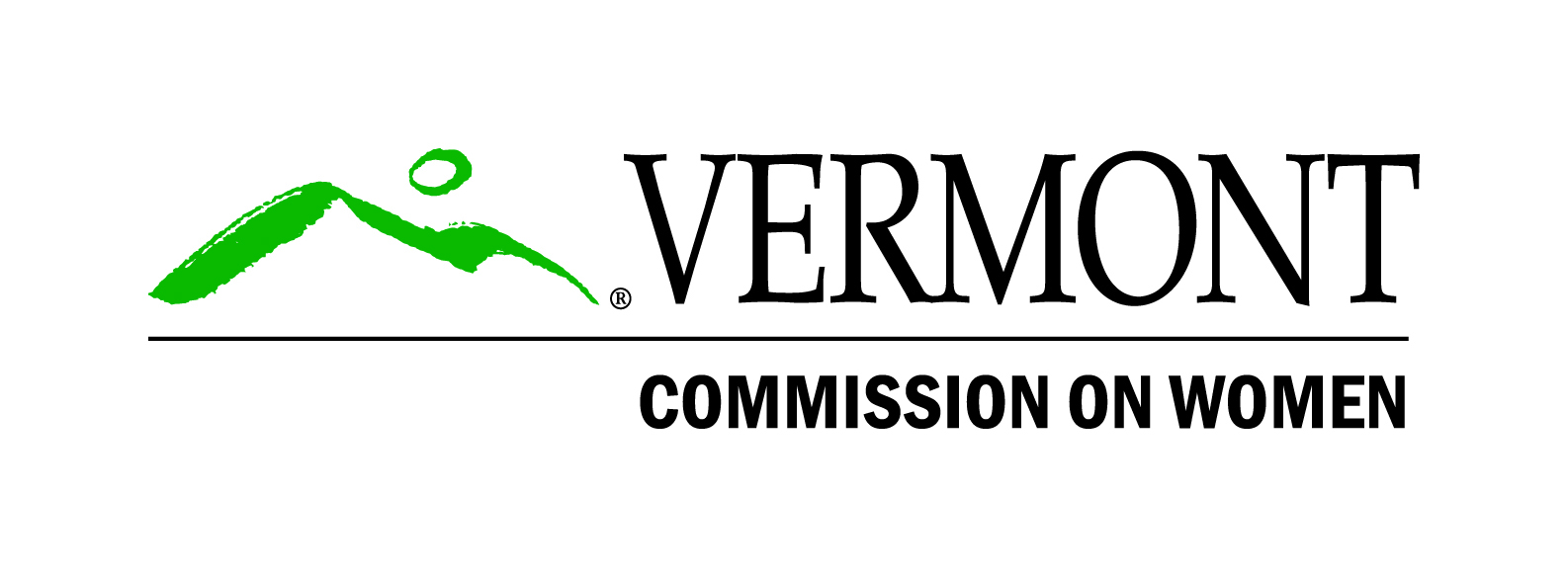This commentary is by Cary Brown of Montpelier, Vermont, the Executive Director of the Vermont Commission on Women.
Every spring, a day comes around known as Equal Pay Day (or as we at the Vermont Commission on Women often like to refer to it, “UNequal Pay Day”). This is a symbolic day chosen to represent the point in the year to which women need to work in order to earn as much money as men earned the previous year.
This year, the day fell on March 14. This meant that the average woman working full-time in the United States needed to work all of 2022 - and then keep working until March 14 of 2023 - in order to catch up to the earnings of the average man working in 2022.
Symbolically, Equal Pay Day illustrates what’s known as the gender wage gap. In 2022, the average woman in the US made just 77% of what the average man made. However, while this is not good news, the situation is even worse when we look at what’s happening for different groups of women. Black women, for instance, make only 64% of what white men make. Indigenous women make only 51%, Latinas 57%, Asian American and Native Hawaiian/Pacific Islander women 80%, and mothers only 62%. These groups are not monolithic and tremendous variations in pay exist within them.
The wage gap has complex causes, deeply rooted in historical and traditional structures that value work differently based on who is doing it. Getting rid of the gap is also a complex process, requiring multiple tactics including legislation, education, programming, and public and private partnerships. Fortunately for Vermonters, policymakers, community organizations, educators, and businesses have been focused on solutions for many years, and the result is that women in our state earned 89% of what men did in 2021 – the highest ratio in the country.
The legislature gets credit for a strong equal pay law; allowing employees to discuss their pay so that it’s easier to see pay disparities; prohibitions against requiring salary history from job applicants; and good protections against sexual harassment.
Education and advocacy organizations get credit for supporting initiatives such as the LEEP Toolkit, a free pay equity tool for employers; the Equal Pay Compact, a pledge to take action to reduce pay inequity; and programs such as Vermont Works for Women’s Gender Equity Advancement Roundtable, where employers learn about supporting women in the workplace.
So what’s next? How do we close this gap once and for all? The next big task before us is to confront the fact that our society expects women to be the primary caregivers for children, older family members, and those in ill health – often sacrificing time at their paid jobs - and simultaneously does not fairly compensate this kind of work. Child care providers, home health workers, nursing home employees – all are some of the most poorly paid people in our economy. And none of our workers are guaranteed the ability to take paid leave when they need to care for themselves or family members.
We can take a moment to congratulate ourselves on our progress, and then we’ll need to gather our resources and keep working towards a Vermont in which everyone is paid fairly for their work, regardless of gender, race, age, religion, disability, national origin, or any other status.

